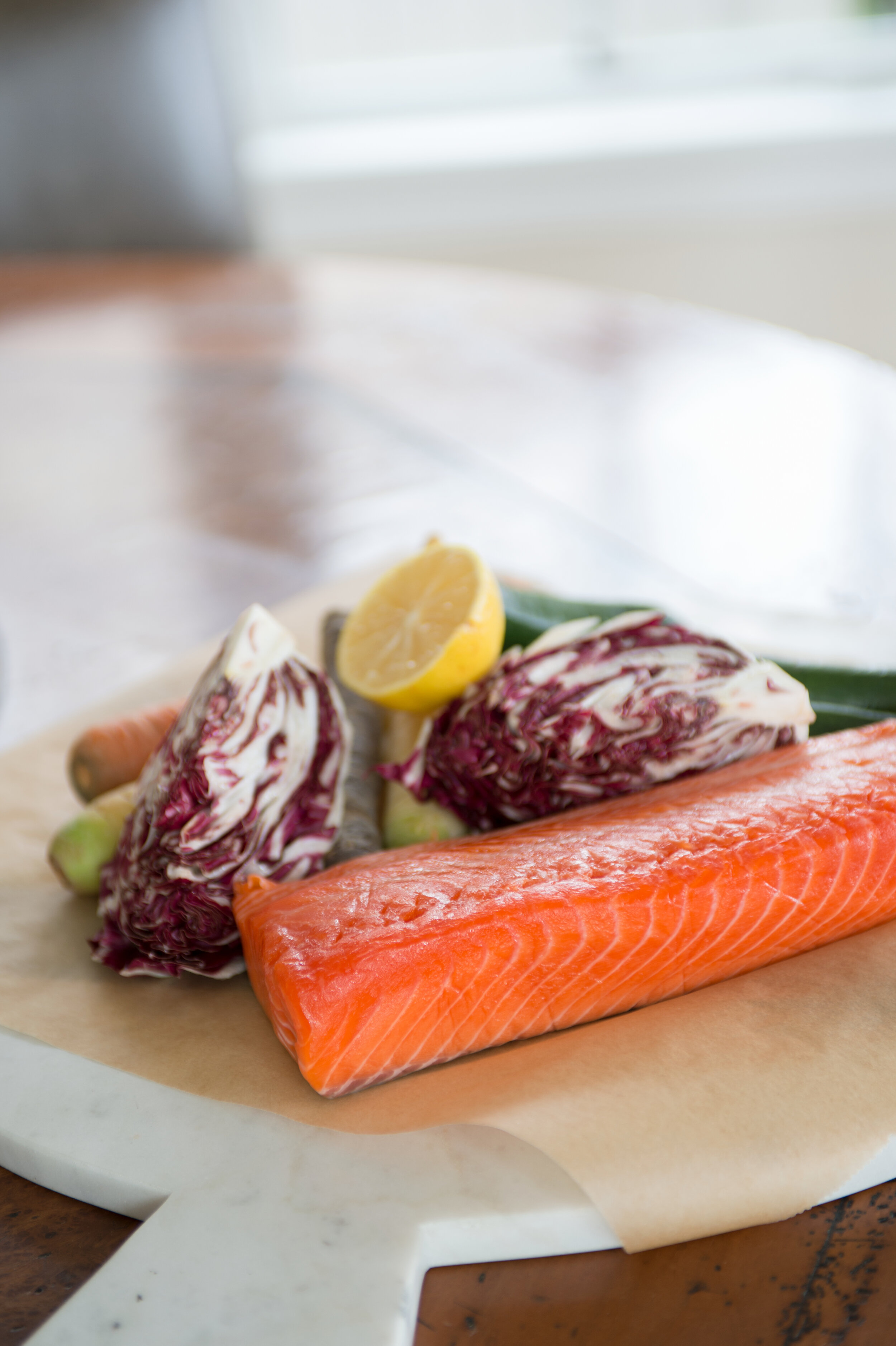The Paleo Diet
What Is The Paleo Diet? The Paleo Diet calls for a return to eating as our Paleolithic ancestors did 2.5 million years ago. Paleo proponents believe that our bodies are not genetically suited to the standard modern diet that emerged with farming and made dairy, grains, legumes, and more recently processed and sugary foods, staples of the human diet. They cite this evolutionary mismatch as the main driver of chronic disease and obesity in modern-day society.
What’s on the menu?: Any food that could be found by hunting, fishing, and gathering, including meat, fish, fruits, vegetables, nuts, seeds, and healthy oils from nuts and seeds.
What’s off the menu?: All foods that became common when farming practices emerged 10,000 years ago, including dairy products, grains/grain products, and legumes. Refined sugar, salt, potatoes, processed meats, refined, processed, and packaged foods, refined oils, and processed fats like butter and ghee are also off the menu. GMO foods also have no place on a Paleo plate.
What are the benefits? The Paleo Diet is high in fiber, antioxidants, and polyphenols and low in sodium, sugar, and refined, processed foods- all components of a healthy diet. Some studies suggest this eating pattern is effective for weight loss, gut health, blood sugar balance, glucose tolerance, blood pressure control, and appetite management.
What are the downsides? The Paleo Diet, which pulls out grains, legumes, and dairy from the diet, is highly restrictive and can be hard to maintain long term. Followers often misunderstand the Paleo diet and eat too many high-fat meats and too few fibrous plant foods, which may put one at risk for certain cancers as well as kidney and heart disease.
Bottom line: Eating less processed foods, sugar, trans fats, and sodium is a trend we can get behind, but it is not necessary to eat the way our ancestors did 2.5 million years ago to reap the rewards of a Paleo lifestyle. You can eat a more balanced, less restrictive diet that makes room for nutritious whole grains and legumes and still enjoy strong health outcomes and a leaner waistline.
It should be noted, that daily movement is a feature of a Paleo lifestyle. Our Paleolithic ancestors engaged in functional movement every day, something that is often missing from our more sedentary, modern-day lifestyle.
If you enjoyed this post, please follow us on social @thisisgrounded and keep an eye out for our next post in our Finding a Diet that Works for YOU series, where we discuss the Vegan Diet.

